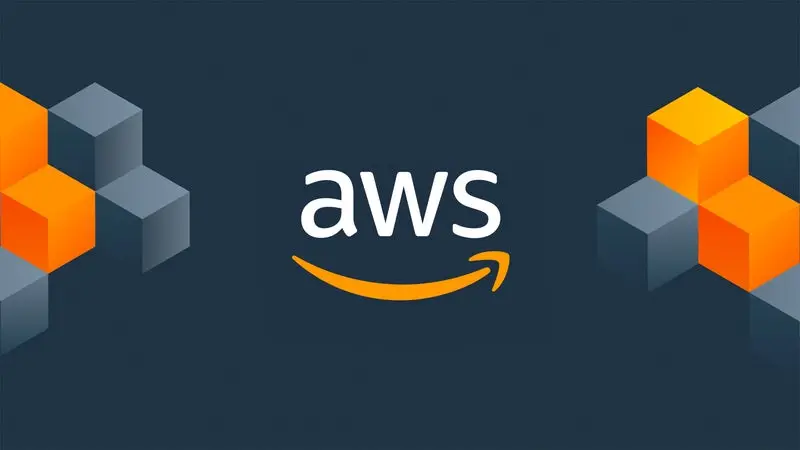Setting Up My New MacBook M3 with Ansible: A Step-by-Step Guide
Setting Up My New MacBook M3 with Ansible: A Step-by-Step Guide Upgrading to a new MacBook can be a tedious experience, especially when you have a lot of tools and configurations to setup. The first choice was to use Time Machine to clone my old Intel-powered Mac Book Pro, but I realized that I didn’t want to migrate all the old stuff and I wanted to start with a clean installation....
